あやとりについて
あやとりの歴史と文化
Ayatori: History and Culture
あやとりは、日本をはじめ世界各地で古くから親しまれてきた遊びです。
1本の紐を使い、指で形を作り出すシンプルな遊びながら、集中力や創造力を養う知的な文化として受け継がれてきました。
Ayatori, also known as string figures, is a traditional pastime enjoyed not only in Japan but around the world. Using a single loop of string, players create various shapes with their fingers.

起源と発展
あやとりの正確な起源ははっきりしていませんが、世界中で古くから independently に生まれた遊びであると考えられています。どの地域でも文字を使わずに遊びやコミュニケーションの一形態として自然発生的に発展したようです。日本では江戸時代には「糸取り」「いととり」などの名前で子どもたちの遊びとして広く親しまれていた記録があります。
The precise origin of ayatori is unknown, but string figure games are believed to have arisen independently across diverse cultures worldwide. In Japan, it was known during the Edo period under names like “Itotori” and enjoyed widely among children.
文化としてのあやとり
あやとりは遊びとしてだけでなく、指先の器用さや記憶力を育む教育的側面があり、さらに数学的空間認識や構造理解にも関わる認知的遊びとして研究されています。また、日本では編み物や紡ぎなどの伝統技術と関連して冬季に行われることが多かったという文化的背景もあります。
Ayatori serves not only as a playful pastime but also has educational value—nurturing dexterity, memory, and even spatial and structural reasoning, which relate to mathematical cognition. In Japan, it traditionally had ties with weaving and knitting practices, often played during the colder seasons.
世界への広がり
糸を使った形づくりの遊び(ストリング・フィギュア)は、世界中のさまざまな文化に見られます。例えば、アラスカ・カナダのイヌイット、太平洋諸島、アフリカ、南米、ヨーロッパなど、広く分布しており、それぞれの地域で独自の図形や意味が発展してきました。19〜20世紀には西洋の文化人類学者たちが興味を持ち、多くのフィギュアが収集・記録され、国際協会も設立されました。
String figure traditions exist across many cultures—from Inuit groups in Alaska and Canada, through the Pacific Islands, Africa, South America, to Europe—each developing unique shapes and meanings. Anthropologists in the late 19th and early 20th centuries collected and studied these practices, leading to the establishment of international organizations preserving string figure knowledge.
現代のあやとり
現代では、日本で1978年に日本あやとり協会が、1993年には国際あやとり協会(International String Figure Association, ISFA)が設立され、文化保存・普及活動が行われています。学校や地域のワークショップ、観光体験の一部としても紹介され、指先を使うアナログな遊びとして注目されています。
In modern times, the Japan String Figure Association was founded in 1978, and the International String Figure Association (ISFA) in 1993, to preserve and promote string figure traditions. Ayatori is now presented in school programs, community workshops, and tourism experiences as an analog, finger-based activity.
あやとりの種類
まずは人気の4作品から。難易度とポイントを確認しましょう。
それぞれの折り紙の折り方は、以下のリンクのボタンからご覧いただけます。
Let’s begin with four of the most popular origami models.
Take a look at their levels and tips, and enjoy the folding guides from the buttons below.
ほうき Broom
名前のとおり掃除に使うほうきの形に見える技です。
シンプルながら見た目がわかりやすく、初心者にも人気があります。
The “Broom” is a string figure that looks just like a broom. It is simple, easy to recognize, and popular among beginners.
難易度:★☆☆☆☆
4段はしご Four-Step Ladder
→東京タワー Tokyo Tower
4段はしごは、はしごのように段が並ぶ人気の技です。
そこから形を変えると、東京タワーに変身です。
形が変わる瞬間の楽しさが魅力です。
The “Four-Step Ladder” is a popular string figure that looks like a ladder. From this shape, you can transform it into the famous “Tokyo Tower.” The moment when the shape changes is especially fun and exciting.
難易度:★★★☆☆
星 Star
糸を広げると星のような形に見える華やかな技です。仕上がった形が美しく、子どもから大人まで楽しめます。
The “Star” is a string figure that spreads out to form a shape resembling a shining star. Its beautiful appearance makes it enjoyable for both children and adults.
難易度:★★☆☆☆
二人あやとり Two-Person Ayatori
二人あやとりは、一人ではなく二人で糸をやり取りしながら形を作っていく遊びです。糸を交互に引っかけ合い、次々に形が変わっていくのが魅力です。協力しながら遊ぶことで、自然と会話や笑顔が生まれます。
Two-person Ayatori is a version of the game played by passing the string back and forth between two players. Each person takes turns hooking the string, creating new shapes one after another. It’s a cooperative play that naturally brings conversation and smiles.
難易度:★★★★☆
民泊でのあやとり体験
当民泊では、宿泊されるお客様に日本の伝統文化を体験していただくため、あやとりの紐をご用意しています。
用意しているもの
- あやとりの紐
- あやとりの説明(WEBサイトにて)
- あやとりの歴史についての資料(WEBサイトにて)
体験の流れ
- 当民泊にあやとりの紐をご用意しております。
- お部屋でゆっくりとあやとりをお楽しみください
- ご質問があれば、いつでもお声がけください
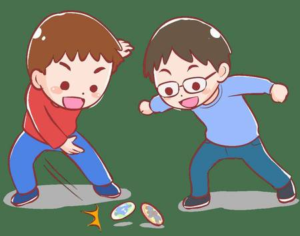
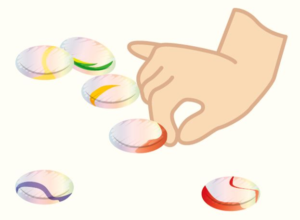
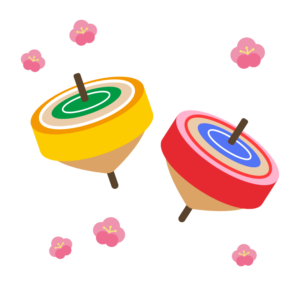
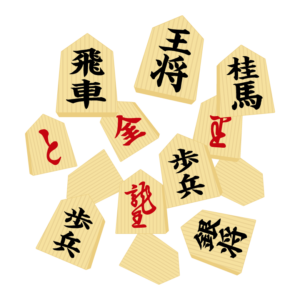
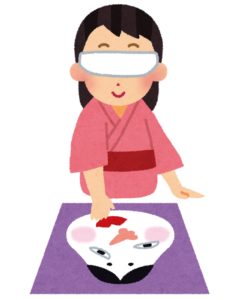

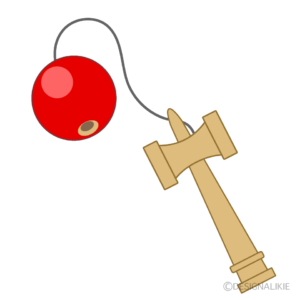

コメント